National festivals of India are celebrated everywhere in the country by all people.
India, which has numerous official languages, is known for its colorful festivals, where there are festivities almost every day of the year.
The country celebrates several regional, esoteric, spiritual, and social festivals.
In addition to the aforementioned, the country also observes national holidays, which are occasions when the whole nation gathers to collectively recognize the occasion at the same time and location.
These unusual occasions are thought of as national holidays.
To mark the occurrence of significant historical events that have shaped our nation, we celebrate national festivals.
The tremendous sense of patriotism that these celebrations foster among Indians is contagious.
Short Essay On National Festivals Of India
In India, there are three national holidays. They are Gandhi Jayanti, Republic Day, and Independence Day.
India’s national holidays are observed with the same splendor as its local religious celebrations.
On each of the three occasions, the nation’s citizenry is drenched with patriotism.
To commemorate the three festivals, numerous activities, both large and small, are planned at various sites around the nation.
Schools, colleges, parks, roadways, market areas, offices, buses, etc. are all decorated with flags, balloons, flowers, fairy lights, and tri-colored curtains to further accentuate the happy atmosphere.
These National Day Festival events include essay writing, poetry recitals, debates, skits, fancy dress competitions, dramas, and many other cultural activities.
Why Do We Celebrate National Festivals Of India?
National holidays allow us to honor the great leaders and freedom warriors who gave their lives for the country without hesitation.
It also remembers significant historical occurrences that have influenced the nation’s political and social framework.
It contributes to preserving our nation’s rich past and educating the next generation about important historical culture and values.
These national holidays serve as a vehicle for fostering unity, peace, and cohesion between communities and a strong, unified nation.
10 National Festivals Of India
Listed below are the major national festivals of India.
1. Republic Day – National Festivals Of India
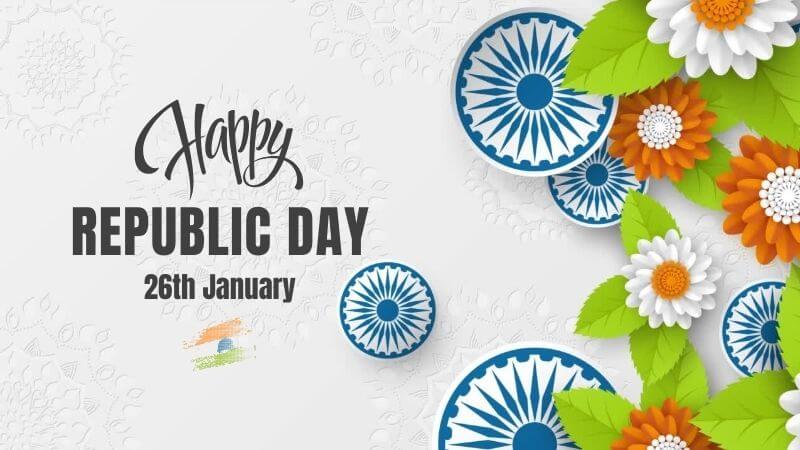
Republic Day is one of the three national holidays of India and the greatest National Festivals Of India celebrated in the country.
It is celebrated every year on January 26, in New Delhi with great pomp, fanfare, and pageant.
While in the capitals of the States and other headquarters, it is marked with patriotic fervor.
The most spectacular celebrations are marked by the Republic Day Parade that takes place in the capital of New Delhi at Rajpath.
It includes the march past the three armed forces, massive parades, and folk dances by tribal folk from different states in picturesque costumes marking the cultural unity of India.
Further, the streak of jet planes of the Indian Air Force, leaving a trial of colored smoke, marks the end of the festival.
It was during the Lahore Session of the Indian National Congress at midnight of December 31, 1929 – January 1, 1930, that the Tri-Color Flag was unfurled by the nationalists.
A pledge was taken that on January 26 every year, “Republic Day” would be celebrated and that the people would unceasingly strive for the establishment of a Sovereign Democratic Republic in India.
The professed pledge was successfully redeemed on January 26, 1950, when the Constitution of India framed by the Constituent Assembly of India came into force.
Although the Independence from the British rule was already achieved on August 15, 1947.
It is because of this fact that August 15 is celebrated as Independence Day, while January 26 is Republic Day.
No other country can draw on such a wealth of tribal traditions and cultures, with so many regional forms of dances and dress.
And, no other country in the world can parade so many ethnically different people in splendid uniforms.
2. Independence Day
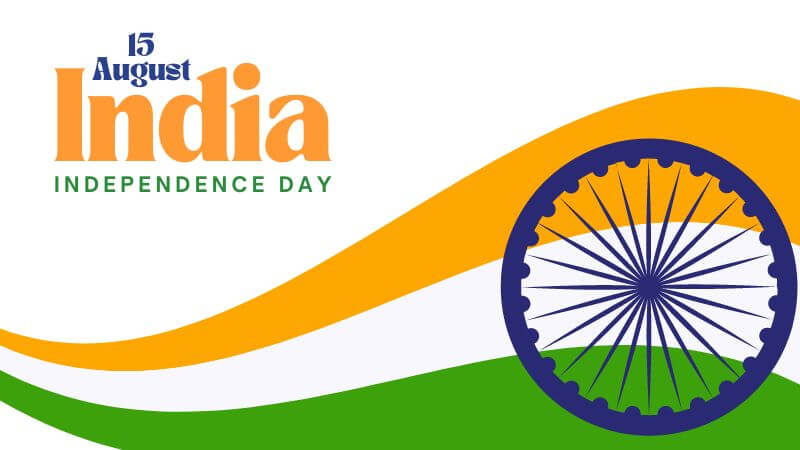
The midnight of August 15, 1947, is memorable for every Indian on earth, as it is the time when India gained independence from the stranglehold of the mighty British.
The otherwise suppressed tri-colored flag of India was given its due respect when it was hoisted at midnight on Independence Day.
Since then, the red-letter day has been celebrated with pomp and gaiety, across the length and breadth of India.
Cultural programs and flag-hoisting ceremonies are the predominant affair of the day, while colorful kites fill the sky in the evening, to symbolize freedom.
People indulge themselves in remembering the heroes of the freedom struggle and pay homage to them.
In the educational institutions where cultural programs are held, a kind of social gathering is set up.
An official ceremony to raise the flag is held on each location’s grounds.
Students sing the national song to honor their flag and support the nation’s sovereignty while the institution’s leader—typically the principal—hoists the flag.
Students and teachers celebrate the day at their respective educational institutions, while others back home spend the day either by going for an outing or watching special programs on television.
The majority of the people tune in to Doordarshan in the morning, to watch the live telecast of the Prime Minister’s speech at the Red Fort in Delhi.
Prime Minister’s speeches patriotic songs and documentaries showing excerpts from the freedom struggle are aired on the national channels.
Hence, they telecast cultural programs, and movies related to independence, apart from the patriotic songs that regenerate the hidden patriotism in people.
On Independence Day, businesses are technically forbidden from opening, but you may still see little shops and grocery stores opening up in the late evening. Even you can explore Independence Day quotes.
On August 15, all government offices are closed and it is one of the amazing National Festivals Of India.
India Gate is the main draw and a wonderful area to hang out on Independence Day evening because the building is nicely lighted.
The sky is covered in kites of all sizes, colors, and forms. In general, it can be claimed that Indians eagerly anticipate Independence Day every year.
3. Gandhi Jayanti
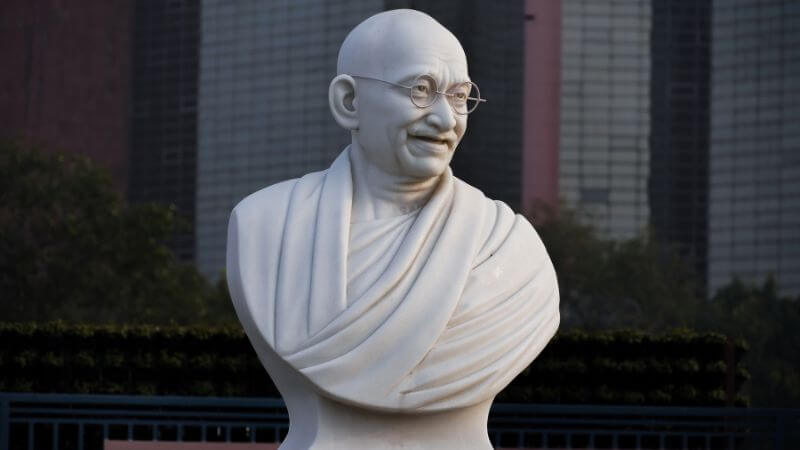
A significant day is October 2, which is known as Gandhi Jayanti.
Despite being a national holiday, fewer people are participating in the festivities than on Republic Day and Independence Day.It is one of the National Festivals Of India.
Nevertheless, it has captured the interest of the whole country since this day sends a clear message of peace and harmony that is felt by every Indian.
The principles of Satyagraha (truth) and Ahimsa (non-violence), which Gandhi upheld and lived by example, have endured throughout history.
Every Indian reinforces his faith in the reality of an equal society and a peaceful, uncorrupted globe on this day by attending lectures about Gandhi and listening to devotional music.
Gandhi’s vision was admirable, and far-reaching, and had a profoundly positive influence on people.
The President, Prime Minister, and other dignitaries pay tribute to Mahatma Gandhi at Raj Ghat in New Delhi on his birthday.
Gandhi was cremated there. To foster a greater knowledge of Gandhi’s life, events like painting, creative writing, and essay competitions are also organized.
Many locations sing the spiritual hymn “Raghupati Raghav Raja Ram,” which holds a special place in his heart.
Making a commitment to live lives that reflect Gandhi’s beliefs and following through on that commitment may be the greatest approach to honoring this day.
On Gandhi Jayanti in 2014, Prime Minister Narendra Modi announced the beginning of a national “Clean India Drive.”
4. Children’s Day – National Festivals Of India
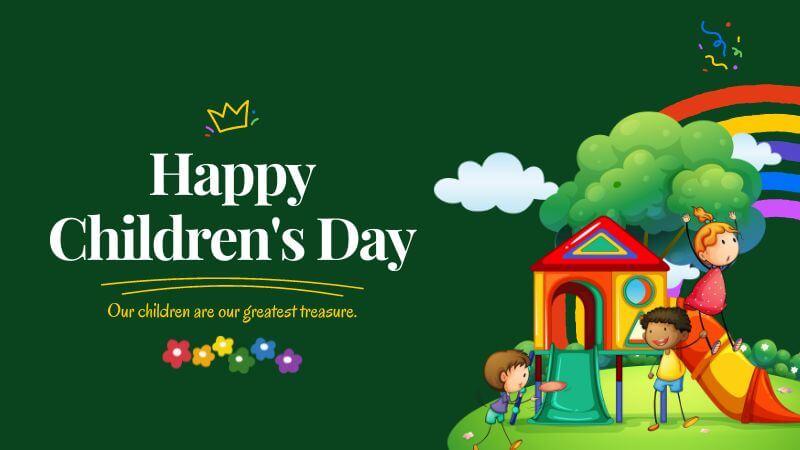
On Children’s Day, “childhood” is honored. All children across the world are honored on Children’s Day.
Every one of us loves children. Their sweet grins and heavenly gaze capture our hearts. It prompts the realization that perhaps God intended for us to be that way.
Pandit Jawaharlal Nehru, India’s first prime minister, was born on November 14.
His birthday was commemorated throughout India as Children’s Day after his passing in 1964.
Children’s Day is more than just a forum for the next generation to voice their opinions.
Today is a day to honor a leader who, in a quiet but resolute manner, lays the groundwork for turning a fledgling country into a superpower and is National Festivals Of India.
Children’s Day is celebrated all over India, especially at the school level. There are also community activities with stress children’s involvement.
The story also goes that he started to wear a rose on his jacket after a child pinned one on it.
The national children’s center, Jawahar Bal Bhavan, is also named after Jawaharlal Nehru. Children’s Day is that.
It is the day when children all over the country are pampered with goodies.
From the schoolchildren’s point of view, the best thing perhaps is that it is a special day at school – they need not wear uniforms and are given sweets.
5. Teacher’s Day
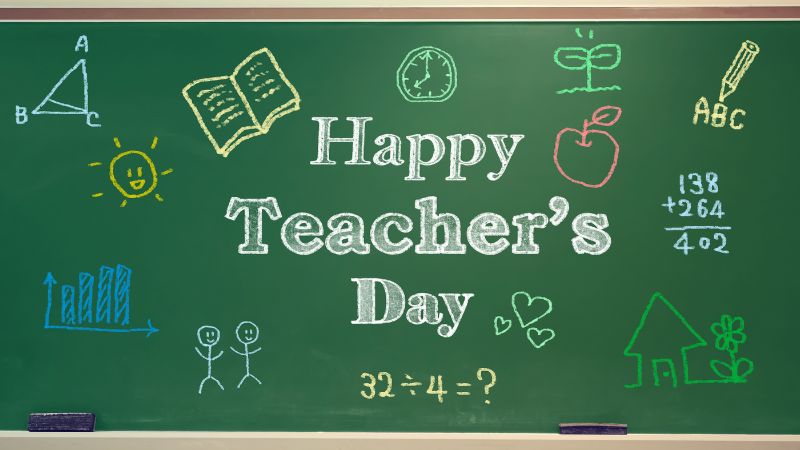
Every student’s life is affected by their teachers. They lead us during the formative years of our lives, acting as beacons of light.
Teachers form us, shaping our future in the process. Our instructors’ lessons stick with us for the rest of our lives.
However, we frequently forget to express our gratitude and appreciation for their selfless service.
Teachers certainly require community support and encouragement to feel like their efforts are being appreciated.
Every year, Teacher’s Day is observed all around the world to serve this objective.
We give thanks to our teachers with cards for giving us their priceless instruction by commemorating National Teacher’s Day.
The festival is celebrated on different dates in different countries.
In India, Teacher’s Day is celebrated on the 5th of September, every year.
The date was selected, because it is the birthday of a timeless teacher and the former President of India – Dr. Sarvepalli Radhakrishnan.
When some of his students and friends approached him and requested him to allow them to celebrate his birthday, he said, “Instead of celebrating my birthday separately, it would be my proud privilege, if September 5th is observed as Teacher’s Day”.
From then onwards, the 5th of September has been observed as Teachers Day, in India and one of the popular National Festivals Of India.
6. Diwali
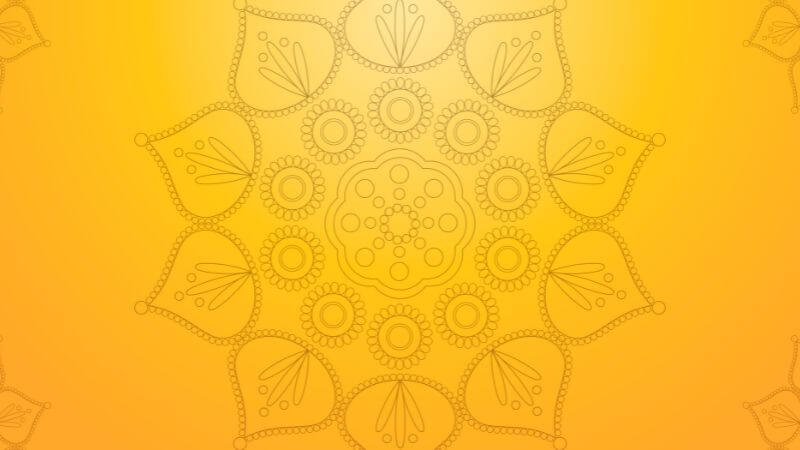
The most important festival for Hindus, Diwali is a ‘festival of lights’, and is celebrated with great fanfare in India and by Indians worldwide.
Ayodhya, an ancient city home to Rama, is lit up fabulously during Diwali.
Signifying the triumph of evil over good, Diwali originated when Rama returned to his kingdom after defeating Ravana.
Hindus light up their homes, buildings, streets, and offices during the 7-day festival period, wear new clothes, and decorate their homes with rangoli (colored powder) and lanterns.
Distributing sweets, holding family pooja sessions, playing card games, and lighting up fireworks are the essential features of the celebration.
7. Holi – National Festivals Of India

The spring festival of colors is one of India’s most photogenic celebrations because it is marked by a feverish eagerness.
The night before Holi, people light bonfires and walk around them to signify the death of Holika, the sister of a demon king.
On the day of Holi, people perform drum-accompanied music, dance after consuming locally produced bhang, and cover one another in colorful powder.
The celebration heralds the arrival of spring. The Holi celebrations in Mathura and Varanasi are famous.
8. Maha-Shivratri
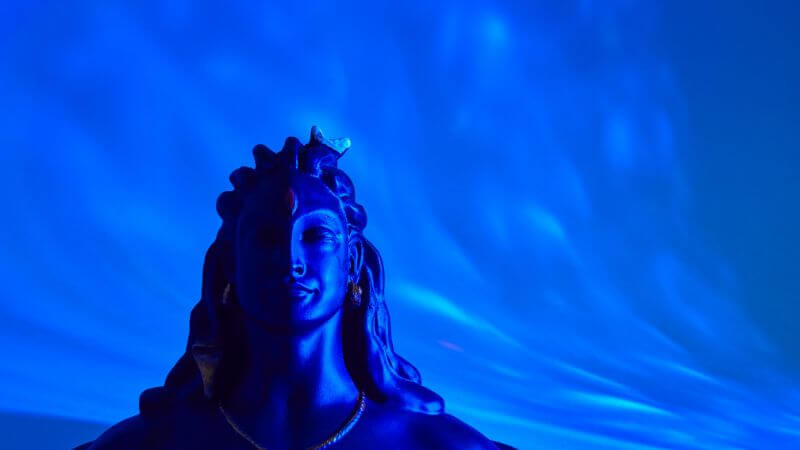
Maha Shivratri, a festival honoring Lord Shiva, one of the principal Hindu deities, commemorates the destruction of human ignorance and darkness by Shiva’s everlasting wisdom.
Devotees maintain fasting and a 24-hour vigilance (Jagran).
The country’s largest Jyotirlingas are a hive of joyful rituals, including dancing, chanting, and praying.
Dedicated followers swarm to the Ganges for a dawn swim. Shivlings are given milk baths, fruit offerings, and leaf offerings.
9. Raksha Bandhan
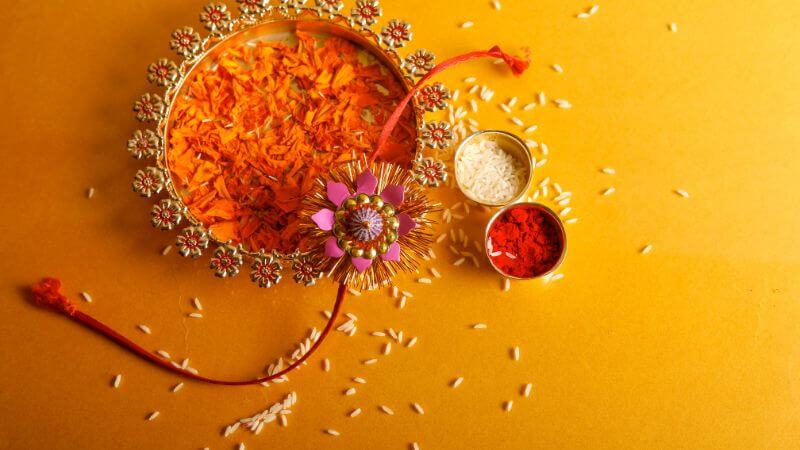
Observed by Hindus across the world, Raksha Bandhan or Rakhi is a festival where sisters tie a colorful, decorative thread on the wrists of their brothers and perform pooja for their long life and health.
The ritual symbolizes a bond of protection that the brother is supposed to offer to the sister.
In return, the brother gives the sister cash or gifts. Different regions have different customs.
Shops are lined with colorful rakhis as the festival approaches.
10. Ganesh Chaturthi
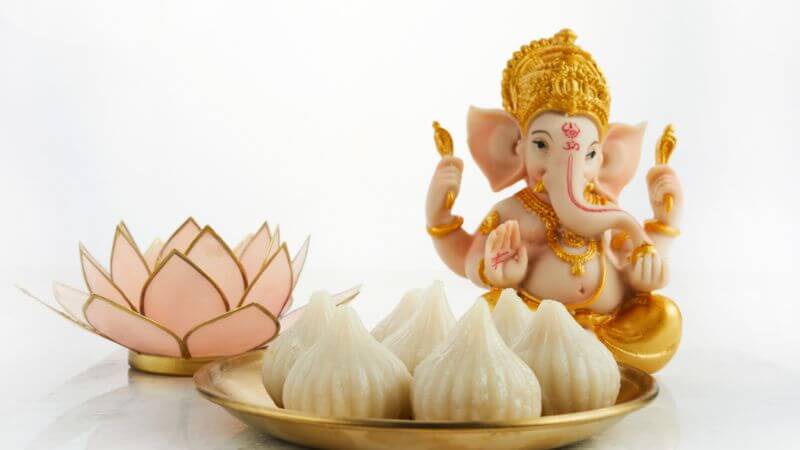
Lord Ganesha, the son of Shiva and Parvati, is revered during the ten-day Ganesh Chaturthi celebration in India.
Clay Ganesha statues are brought home by devotees, who offer daily prayers to them large mandaps (tents) are erected in public areas where daily prayers are offered and large Ganesha statues are put.
Every day, special modaks, an Indian sweet, are given out to devotees.
The Ganesha idols are submerged in a body of water after the tenth day with a large parade through the streets.
You can check out 100 Best Ganesha Names To Look For This Festive Season!
Conclusion on National Festivals Of India!
For the people of India, National Festivals Of India are of the utmost importance.
The importance of freedom, democracy, and peace is brought home to us by these celebrations.
Every village participates in these festivals as a means of promoting peace and harmony among the populace in the celebration of National Festivals Of India.
Republic Day teaches us the importance of democracy, Independence Day helps us comprehend the significance of a free nation, and Gandhi Jayanti imparts the teachings of “Ahimsa,” or non-violence and peace.
Also Read: 150 Amazing Baisakhi 2024 Wishes And New Celebration Ideas!
Follow Us: Facebook | Instagram | Twitter | Pinterest
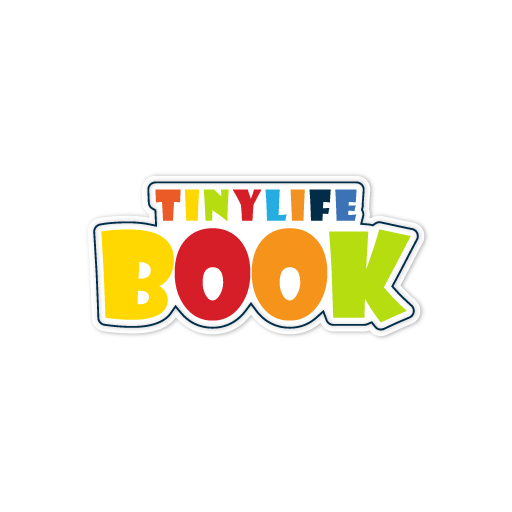

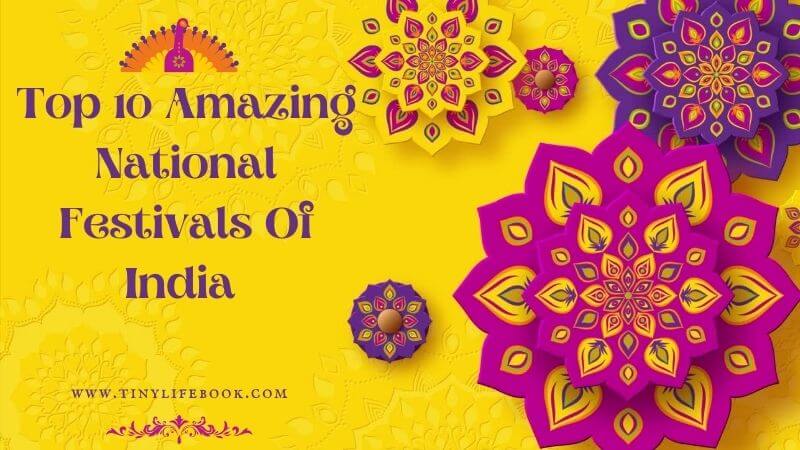
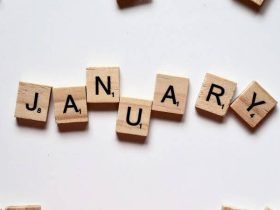
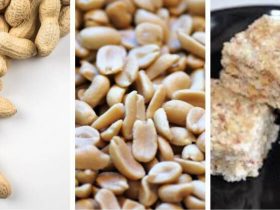
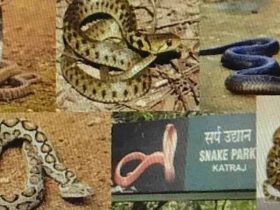
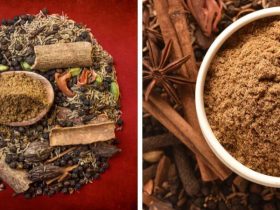
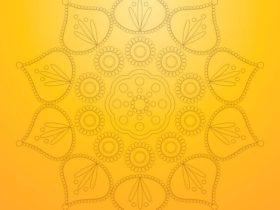


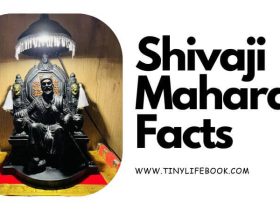


Leave a Reply